
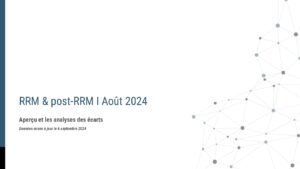
RRM & post-RRM I Aperçu mensuel I Août 2024
PDF1.7M
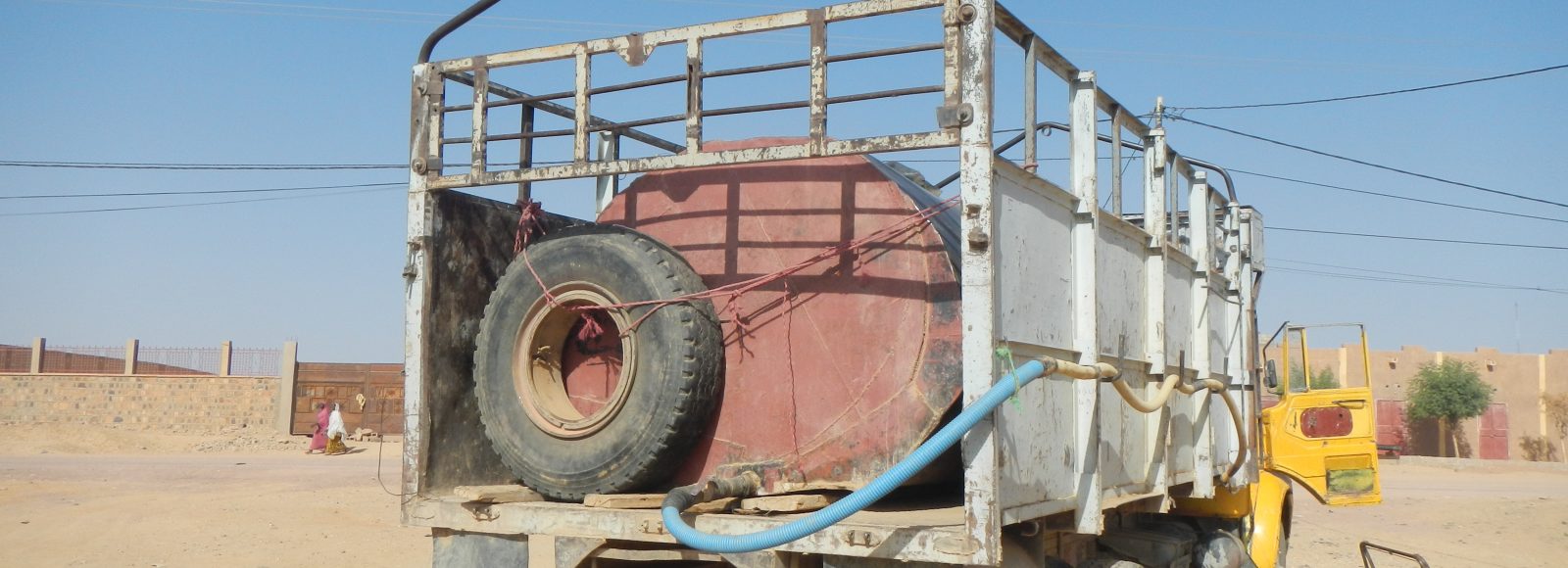
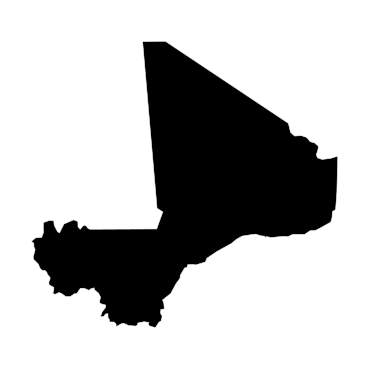
Since March 2012, political instability and internal armed conflict have aggravated Mali’s precarious humanitarian situation, characterised by mass displacement, latent food insecurity and malnutrition, coupled with unpredictable weather conditions and economic instability.
Within the framework of its partnership with the Global Shelter Cluster, IMPACT deployed a REACH team to Mali in November 2012 to provide shelter assessments and information management support to the active Clusters in the country. The objectives of the deployment were to understand and map displacement trends and assess the needs of internally displaced people.
Furthermore, REACH participated in the mapping of basic services in north Mali designed to facilitate decision-making by inter-sectorial and sectorial coordination bodies. Later in 2013, REACH was deployed on behalf of the Shelter Cluster to launch a rapid needs assessment in Timbuktu and Gao regions. The same year, REACH also conducted a floods analysis assessment using data from 2006 to 2013. The analysis succeeded in producing maps showing the frequency and impact of floods in different regions of Mali and providing valuable data for prevention and risk mitigation activities. The maps were used by the humanitarian community and the Government of Mali as a baseline to inform the flood contingency plan for 2014. One of the last information products produced by REACH was a WASH baseline report focusing on access to water for affected communities in Kidal, Timbuktu and Gao.
In 2019 REACH started working again in Mali providing information for humanitarian and aid actors on the situation in the central and northern parts of the country.
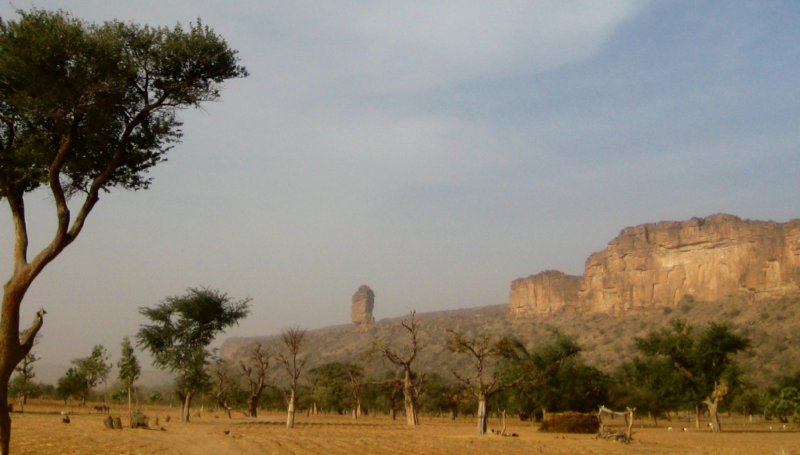
Une récente évaluation réalisée par REACH Initiative, une initiative d’IMPACT, met en lumière des défis sanitaires majeurs dans les régions de Ménaka et Kidal. L’accès limité aux infrastructures de santé...
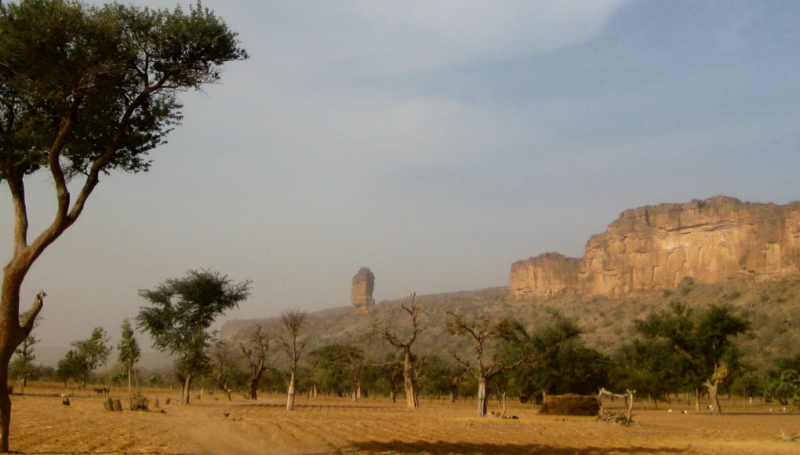
Le rapport récemment publié sur la perception des besoins et le sentiment d’insécurité à Bandiagara et Ménaka offre des informations essentielles sur les besoins des populations affectées, en particulier...
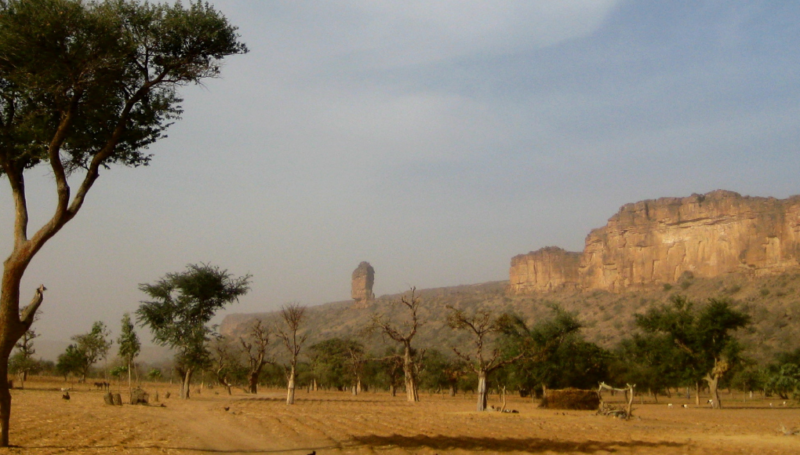
Le dernier rapport de REACH sur la situation à Ménaka met en lumière les défis importants auxquels font face les femmes enceintes et les jeunes mères. Les obstacles à l’accès...


RRM & post-RRM I Aperçu mensuel I Août 2024
PDF1.7M


REACH Mali MSNA 2024 Cadre d'analyse MSNI
XLSX1.1M


REACH Mali HSM La santé maternelle et néonatale dans la ville de Ménaka
PDF1.1M

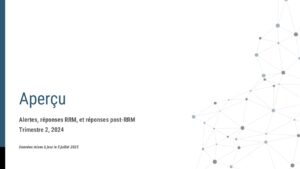
RRM & post-RRM I Aperçu trimestriel I T2 2024
PDF1.4M


REG1903b_MLI_HSM_TDR_Santé_Maternelle_Néonatale_Juin_2024_VF
PDF398.1K


RRM & post-RRM I Aperçu mensuel I Juillet 2024
PDF1.7M


REACH MSNA 2024 DAP : Evaluation multisectorielle des besoins-Plan d’analyse des données
XLSX322.7K


REACH MALI MSNA 2024 TDR : Évaluation multisectorielle des besoins au Mali – Version Externe
PDF598.0K


REACH Mali ANNEX 3 DAP HESPER+MSNA, Redevabilité & Genre Ménaka et Bandiagara
XLSX85.3K


REACH Mali ToR Externe, Redevabilité & Genre Ménaka et Bandiagara
PDF464.6K

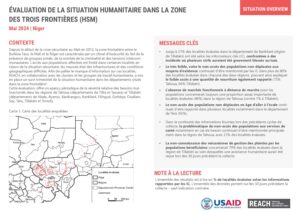
REACH Niger HSM – Mai 2024
PDF1.9M

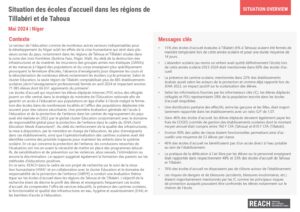
REACH Niger HSM – Évaluation thématique sur la situation des écoles d'accueil dans les régions de Tillabéri et de Tahoua
PDF1.3M


REACH Burkina Faso Fiche d'information thématique sur la fonctionnalité des marchés dans la région de l'Est
PDF2.1M

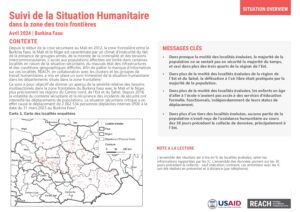
HSM REACH Burkina Faso – Mai 2024
PDF3.1M

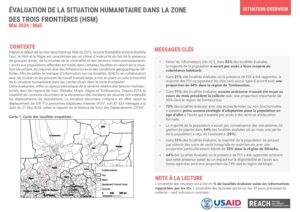
Suivi de la situation humanitaire au Mali, Mai 2024
PDF4.1M

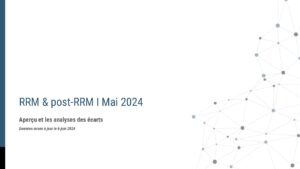
RRM & post-RRM I Aperçu mensuel I Mai 2024
PDF1.5M